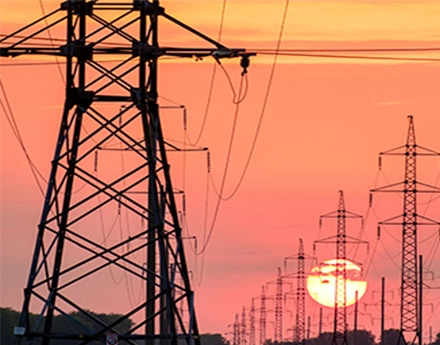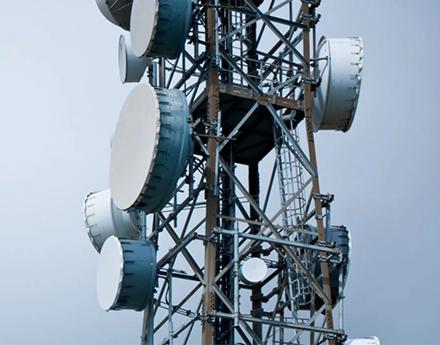Modern distribution hardware has undergone a remarkable evolution, incorporating advanced features that go beyond traditional functionalities. This passage explores the cutting-edge technologies and innovative features that characterize the landscape of modern distribution hardware, revolutionizing the way power is managed and delivered in contemporary electrical grids.
At the forefront of advanced distribution hardware are smart sensors and real-time monitoring systems. These technologies serve as the eyes of the distribution network, providing invaluable insights into the health and performance of components. Smart sensors, strategically deployed on transformers, switches, and power lines, continuously collect data on temperature, voltage, current, and other critical parameters. This real-time monitoring capability allows operators to detect anomalies, predict potential failures, and proactively address issues before they escalate. The integration of data analytics further enhances decision-making, optimizing the overall efficiency and reliability of the distribution network.
Modern distribution hardware goes beyond mere functionality; it incorporates adaptive automation and self-healing capabilities to respond intelligently to disturbances. In the event of a fault or outage, automated systems equipped with advanced algorithms can rapidly isolate affected areas and reroute power through alternative paths. This self-healing capability minimizes downtime, reduces the impact of disturbances, and enhances the overall resilience of the distribution grid. Adaptive automation ensures that distribution hardware can dynamically adjust to changing conditions, optimizing performance and maintaining stable power delivery.
As the world embraces renewable energy sources, modern power distribution hardware plays a pivotal role in facilitating their seamless integration into the grid. Grid-tied technologies, such as smart inverters and energy storage systems, enable the efficient assimilation of solar, wind, and other renewable sources. Smart inverters, in particular, allow for bidirectional power flows, enabling excess energy generated by distributed renewable sources to be fed back into the grid. This bidirectional capability enhances grid stability and supports the goal of creating a more sustainable and decentralized energy ecosystem.
While the integration of advanced features in these electric power fittings brings numerous benefits, it also presents challenges. The complexity of these technologies requires a skilled workforce capable of designing, implementing, and maintaining sophisticated systems. Additionally, cybersecurity becomes a paramount concern as modern distribution hardware becomes more interconnected and reliant on digital communication. As the industry grapples with these challenges, ongoing research and development efforts are focused on addressing potential vulnerabilities and ensuring the robustness of advanced distribution hardware systems.
In conclusion, the exploration of advanced features in modern distribution hardware signifies a paradigm shift in the way electrical grids are managed and optimized. Smart sensors, adaptive automation, and grid-tied technologies are ushering in an era of intelligent and sustainable power distribution. As the industry continues to innovate, the integration of these advanced features paves the way for the next generation of grids, characterized by increased efficiency, resilience, and a reduced environmental footprint. Stakeholders in the power sector must continue to invest in research and development to stay at the forefront of these advancements, ensuring that distribution hardware evolves to meet the dynamic challenges of the rapidly changing energy landscape.



